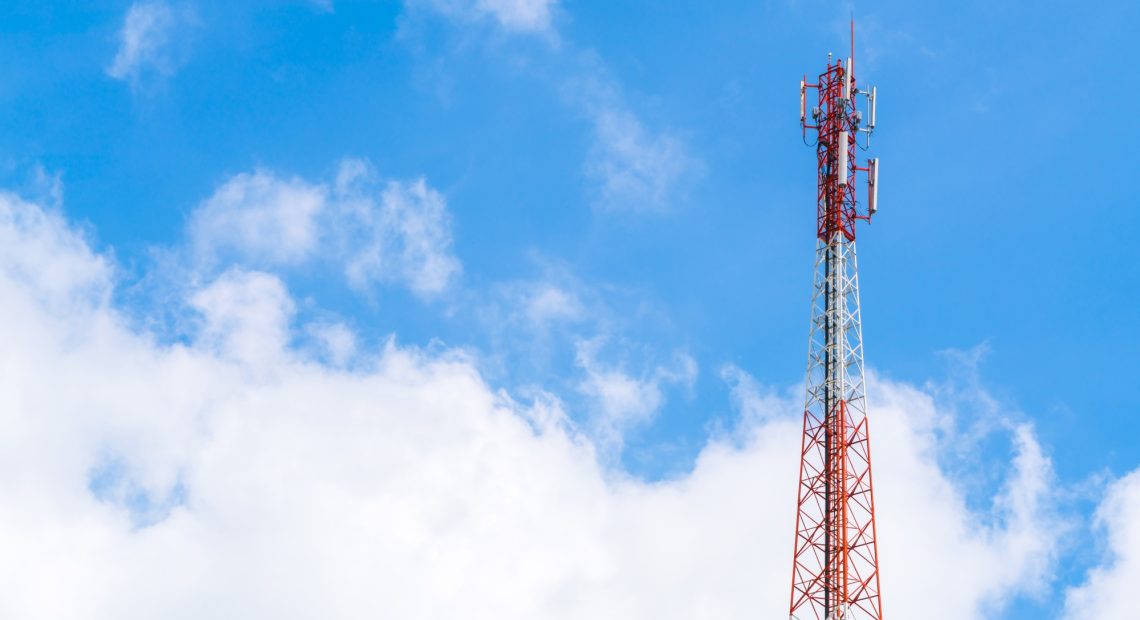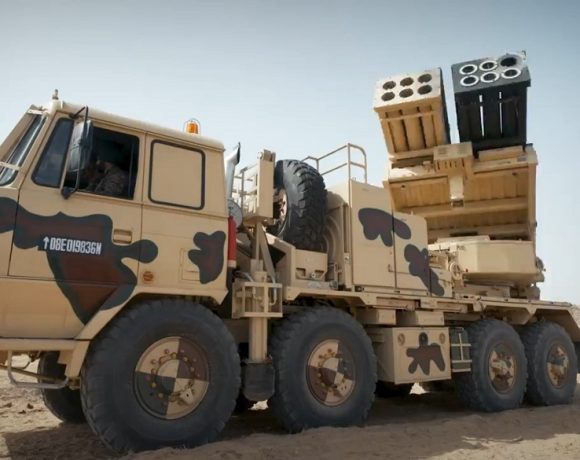
India Eyes Russian Container-S Radar to Strengthen Air Defense
India is actively exploring the procurement of Russia’s Container-S over-the-horizon (OTH) radar system, a move aimed at drastically enhancing its early warning capabilities against stealth aircraft, cruise missiles, and ballistic threats. With growing concerns over advanced aerial incursions from neighboring regions, this acquisition could mark a critical upgrade to India’s strategic surveillance architecture.
Container-S Radar
The Container-S, also referred to as the 29B6 “Container,” is a high-frequency radar system capable of detecting targets more than 3,000 kilometers away—well beyond the horizon. It operates by bouncing radio waves off the Earth’s ionosphere, allowing it to track airborne threats over vast distances, including those flying at low altitudes and equipped with stealth technology.
Unlike traditional radars constrained by the curvature of the Earth, OTH systems like Container-S can monitor deep beyond borders, offering strategic coverage across entire regions. The system is specifically designed to track large-scale aerial movements, ballistic missile launches, and even stealth aircraft—a growing concern in modern aerial warfare.
India’s Expanding Air Defense Strategy
India’s interest in this radar aligns with its broader strategy to develop a layered air defense network capable of early threat detection and rapid response. While systems like the S-400 provide terminal-phase interception, a long-range radar such as Container-S would extend India’s watch far beyond its borders, enhancing situational awareness and reaction time.
Given the rise in regional tensions, especially with the growing use of drones, low-flying cruise missiles, and stealth platforms by adversaries, India’s radar coverage needs significant enhancement. The Container-S would be a force multiplier, providing strategic oversight across both western and northern frontiers.
Over-the-Horizon Surveillance Advantage
The Container-S radar leverages high-frequency (HF) band transmissions, which, unlike conventional microwave radar systems, can detect targets hundreds to thousands of kilometers away by reflecting off the ionosphere. This makes it particularly useful not only in peacetime surveillance but also in monitoring hostile air activity before it reaches Indian airspace.
The modular, scalable system can be configured to suit different terrains and threat environments. Its 24×7 capability and ability to track hundreds of objects simultaneously make it a potent tool in modern multi-domain defense planning.
India is reportedly evaluating not only the technical specifications but also potential co-production or technology transfer elements as part of the procurement process. If finalized, this acquisition will represent a crucial component of India’s push toward a robust, self-reliant defense framework with integrated early warning systems at its core.


















